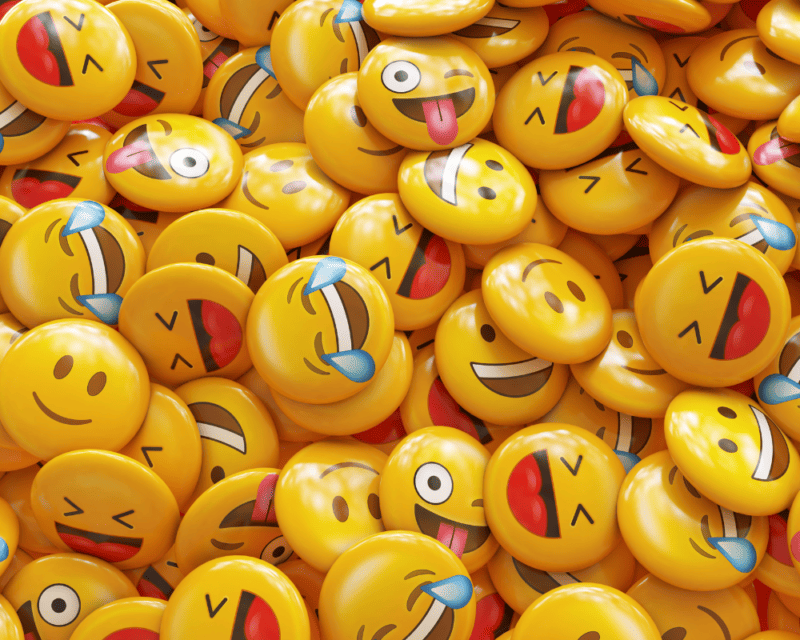In today’s digital age, it’s no secret that emojis have become an integral part of communication for people of all ages. But one demographic seems to have an exceptional affinity for these tiny pictograms – kids! Emojis have found their way into children’s hearts worldwide, whether on social media, messaging apps, or even school assignments. But why do kids love emojis so much? Let’s look at some fascinating reasons behind this phenomenon.
Express VPN’s Research on Emojis

Some in-depth studies on emojis explore their usage patterns, meanings, and impact on communication. Based on a survey focusing on emojis, most people use emojis to add humor to their messages, while others use them to soften the tone or better express their feelings and emotions. While emojis can help people express themselves in digital conversations, they also bridge the gap if the dialogue goes wrong. With emojis, we can convey tone, mood, and intentions more efficiently.
Well, what about kids? Why are kids drawn to emojis, and how do they enhance their digital interactions? Let’s delve into some key reasons that make these little digital pictures a hit among the younger generation.
1. Visual Appeal and Expression
Kids are naturally drawn to visuals, and emojis are a visually engaging way to express emotions, ideas, and reactions. The bright colours and simple designs of emojis capture their attention, allowing them to communicate complex feelings that might be challenging to convey through text alone. The visual nature of emojis helps kids express themselves more freely and creatively, making conversations more dynamic and exciting.
2. Simplicity and Ease of Use
In a world where attention spans are shrinking, emojis offer a quick and easy way for kids to communicate without typing lengthy sentences. Research reveals that children appreciate the simplicity of emojis, as they can convey a message with just a single icon. This simplicity especially appeals to young users still developing their language skills, as emojis bridge the communication gap effortlessly.
3. Cultural Universality
Emojis transcends language barriers and cultural differences, allowing kids to connect with peers worldwide. The global nature of emojis allows to foster inclusivity in digital interactions. This means children can communicate and bond with friends from diverse backgrounds using a shared visual language.
4. Emotional Nuance and Fun

Kids often find emojis entertaining and fun to use. Emojis add an emotional nuance to digital conversations, enabling kids to convey subtle emotions like sarcasm, excitement, or affection that might be lost in plain text. The joy of selecting the perfect emoji to match their feelings adds an element of playfulness to their communication, making interactions more enjoyable.
5. Social Influence and Peer Pressure
Peer influence significantly shapes kids’ behaviour, including emoji usage. Children who see their friends and peers using emojis will likely follow suit to feel part of the social circle. This desire to fit in and communicate like their friends can contribute to the widespread adoption of emojis among kids.
Conclusion
We talked about the multifaceted reasons kids have an innate fascination with emojis. The visual appeal, simplicity, global accessibility, emotional expressiveness, and social influences all contribute to children’s widespread usage of emojis. Emojis will likely remain a staple in kids’ digital interactions as technology evolves, enhancing communication and connectivity in unique ways.
